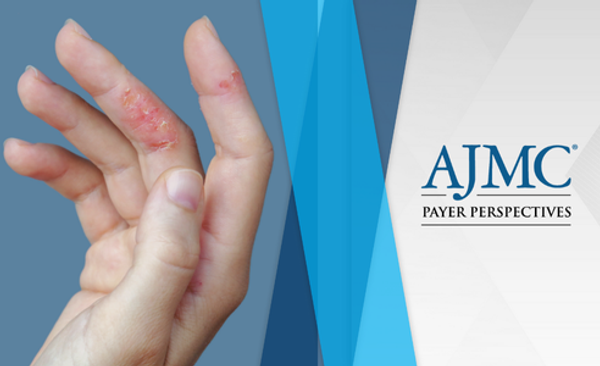
Dermatology
Latest News

Latest Videos

CME Content
More News

Dr. Shi provides insights on patients with hidradenitis suppurativa for whom surgical intervention would be an appropriate treatment modality.

Steve Feldman, MD, PhD, of Wake Forest University School of Medicine, considers dupilumab the "gold standard" for itch control in patients with atopic dermatitis due to its minimal adverse effects.

Posters presented at the Society for Pediatric Dermatology Annual Meeting shed new light on pediatric hair loss, including the rising prevalence of androgenetic alopecia in children, the potential of artificial intelligence to assess hair loss severity, and the long-term safety of ritlecitinib for treating alopecia areata in adolescents.

Steve Feldman, MD, PhD, of Wake Forest University School of Medicine, discusses various effective treatments for alleviating itch in patients with atopic dermatitis (AD), including dupilumab and Janus kinase (JAK) inhibitors.

A dermatologist provides clinical insights on managing pain in patients with hidradenitis suppurativa.
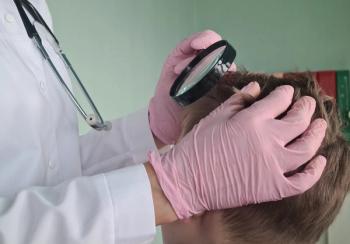
Two posters presented at the Society for Pediatric Dermatology Annual Meeting explored common health conditions linked to childhood alopecia areata and the effectiveness of dupilumab treatment in children with both alopecia areata and atopic dermatitis.

Patients with atopic dermatitis who use oral corticosteroids for more than 90 days have a slightly increased risk of adverse events like myocardial infarction and hyperlipidemia.

The Society for Pediatric Dermatology (SPD) Annual Meeting focused on different aspects of pediatric dermatology, including topical treatments, technology, and misinformation.

A literature review found a link between COVID-19 vaccination and alopecia, with most cases experiencing hair loss within 1 month after the first dose. However, the small sample size and limited data call for further investigation.
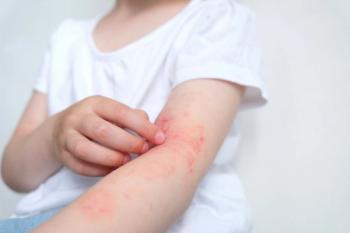
Experts in dermatology presented ways in which biologic therapies can be given and the duration of treatment when used in pediatric patients with skin conditions.

Posters presented at the Society for Pediatric Dermatology Annual Meeting found that pediatric deroofing can lead to patient satisfaction later in life.

Updates in nonsteroidal topical therapies were presented during a session at the Society for Pediatric Dermatology Annual Meeting.

A presentation at the Society for Pediatric Dermatology Annual Conference discussed how to use generative artificial intelligence (AI) to improve processes while working in the dermatology space.

The Society for Pediatric Dermatology (SPD) Annual Meeting featured a new debates segment where experts in the field discussed preferred strategies for the treatment of pediatric skin conditions.

Twice-daily application of 1.5% ruxolitinib cream was found to be effective in children and adolescents with atopic dermatitis and vitiligo.

Today, the FDA approved roflumilast cream 0.15% (Zorvye; Arcutis Biotherapeutics) for the treatment of mild to moderate atopic dermatitis in patients 6 years and older.

Patients with vitiligo have a higher genetic risk of developing rheumatoid arthritis (RA) and systemic lupus erythematosus (SLE).

The annual meeting will take place in Toronto July 11-15, 2024.

In addition to ensuring residency programs provide educational and practical opportunities for addressing skin of color (SOC) hair-related concerns, prioritizing having residents of diverse backgrounds can help close knowledge and comfort gaps, suggest researchers.
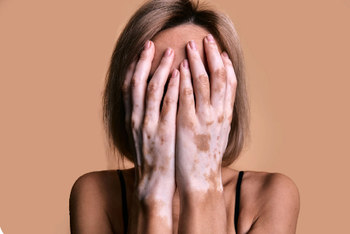
Israeli patients with vitiligo exhibit a significantly reduced risk of developing Parkinson disease (PD).
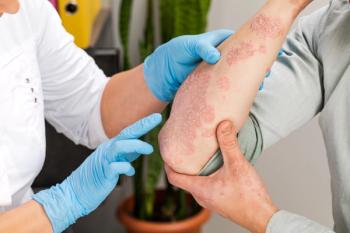
With an emerging hypothesis that inflammation of the skin prompts intestinal remodeling through various mechanisms, researchers explored the role of inflammatory signals, microbiome alterations, metabolites, and the nervous system.

A dermatologist provides clinical insights on differential diagnosis strategies when considering hidradenitis suppurativa in patients and the challenges associated with diagnosis.

Iltefat Hamzavi, MD, describes the pathophysiology of hidradenitis suppurativa and associated comorbidities that are commonly seen in patients.

Researchers have identified a link between psoriasis and the autoimmune diseases hypothyroidism and alopecia areata.

Atopic dermatitis significantly impairs female patients' sexual function, reproductive desires, and overall quality of life.




